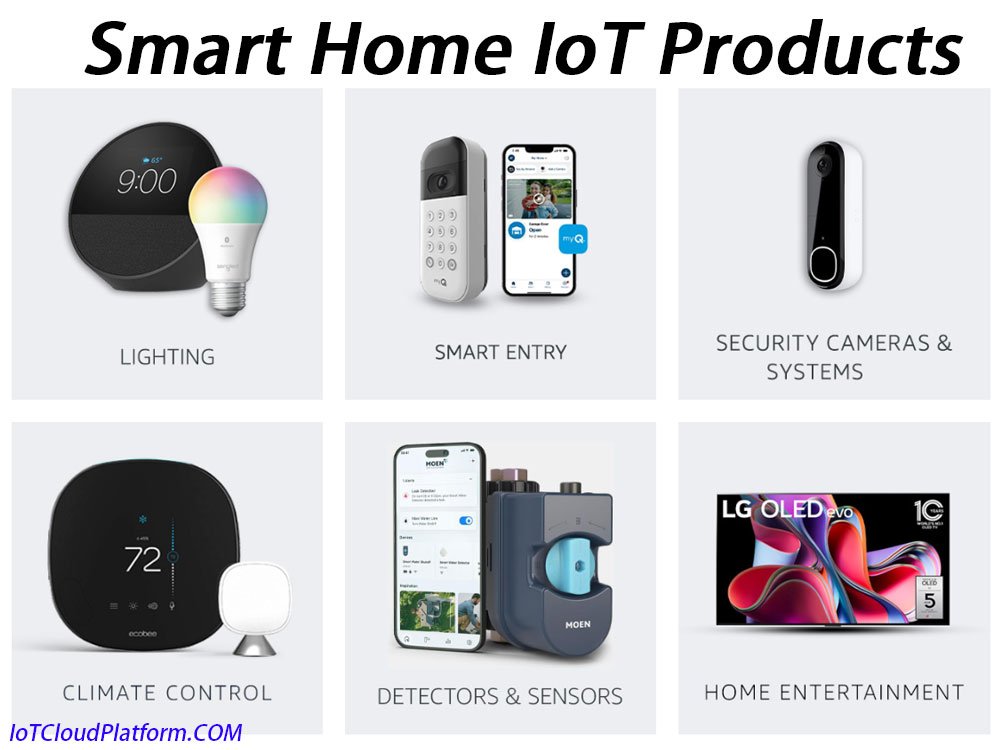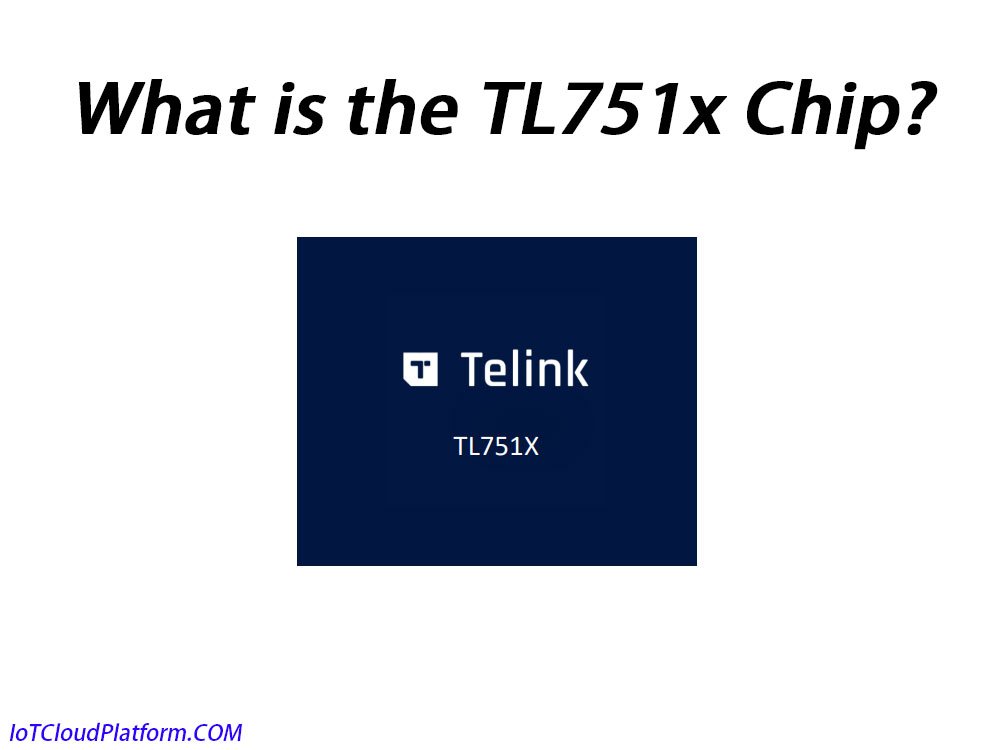
What is the TL751x Chip?
TL751X is a high-performance, multi-protocol, highly integrated wireless audio system-on-chip (SoC) launched by Telink Semiconductor.
It is designed to meet the diverse needs of modern audio devices, combining advanced processing technology, rich communication protocol support and highly integrated hardware configuration, providing a new solution for the wireless audio field.
The IoT cloud platform focuses on IoT technology, IoT chips, IoT system solutions, and IoT advertising alliance cooperation.
If you need to cooperate with the IoT advertising alliance, please contact us. The following is an introduction to the TL751X chip technology by an IoT cloud platform expert from China, including TL751X chip manufacturers, features, functions, principles, uses, application cases, etc.
TL751X chip manufacturer
Telink Semiconductor (Shanghai) Co., Ltd. (hereinafter referred to as “Telink”) is the manufacturer of the TL751X chip.
Founded in 2010, Telink Semiconductor is a company that focuses on wireless IoT chip design, especially in the field of low-power Bluetooth (BLE) chips.
The company is committed to developing the next generation of wireless connection SoCs to meet the ever-expanding needs of customers. Its products are widely used in smart homes, consumer electronics, industrial control, and vehicle-mounted equipment.
TL751X chip features
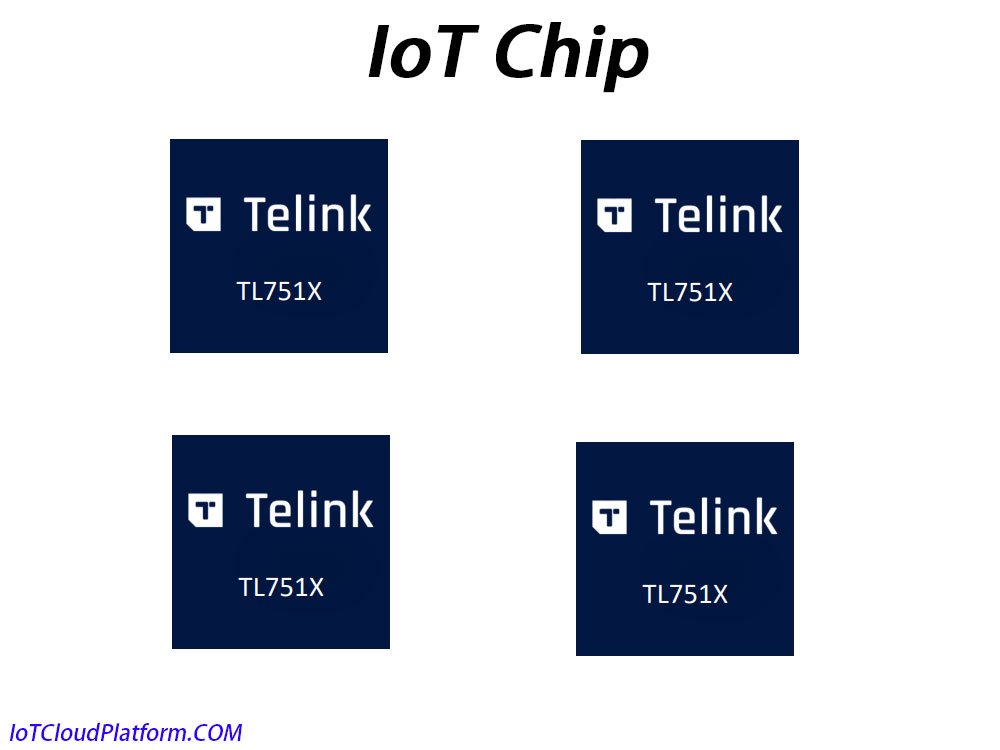
The TL751X chip has the following significant features:
1. High performance:
The chip adopts a multi-core architecture design, including two RISC-V cores and a HiFi5 DSP, with a main frequency of up to 300MHz, providing powerful processing capabilities. At the same time, it supports 24bit/768Khz encoding and decoding, which can bring users an excellent audio experience.
2. Multi-protocol support:
TL751X is compatible with multiple protocols including 2.4G, BT, BLE/LE audio, and also supports Bluetooth5.4 and subsequent versions, as well as Mesh, Thread, 802.15.4, Zigbee3.1, HomeKit, Matter and Channel sounding. This comprehensive protocol support enables TL751X to cope with higher-end customer groups and more complex application scenarios.
3. High integration:
TL751X integrates a wealth of peripheral interfaces, including OSPI/QSPI, SDIO2.0, EMMC5.1, USB 2.0, etc., as well as standard SPI, I2C, UART and other interfaces. In addition, it is equipped with 1.75MB of SRAM and a maximum flash memory capacity of 32MB, providing high-performance audio processing capabilities.
4. Low power consumption:
Despite its powerful performance, TL751X still focuses on low power design. Through advanced process technology and optimized circuit design, the chip achieves low power consumption while ensuring performance.
5. Low latency:
TL751X has also been significantly optimized in terms of latency. Its PEM peripheral matrix is smaller, and the IO ports can be mapped to each other, reducing the software load and improving the response speed. At the same time, after the optimization of the chip hardware, the settle time of TL751X can be as low as 15 microseconds, and it can transmit more data in a shorter RF time.
6. High security:
The TL751X series of chips has added a new hardware security module and algorithm engine, and the combination of software and hardware ensures data security. This makes the chip have wide application potential in scenarios with strict security requirements such as IoT terminals.
TL751X chip functions
The functions of the TL751X chip are rich and varied, mainly including the following aspects:
1. Audio processing:
Supports high-quality audio encoding and decoding, mixing, echo cancellation and other functions to provide users with an excellent audio experience.
2. Wireless communication:
Supports multiple wireless communication protocols, including Bluetooth, Zigbee, Thread, etc., to meet the wireless connection requirements between devices.
3. Multi-mode concurrency:
Supports multi-mode online functions, such as BT+LE Audio+2.4G, etc., so that the device can handle multiple communication tasks at the same time.
4. Peripheral interface:
Provides a rich peripheral interface, supports peripheral interconnection, and meets the needs of device expansion and connection.
5. Security:
Built-in hardware security module and algorithm engine provide security protection for data transmission and storage.
TL751X chip working principle
The working principle of the TL751X chip is mainly based on its multi-core processor architecture and rich communication protocol support. Specifically:
1. Processor architecture:
TL751X adopts a multi-core processor architecture, including two RISC-V cores and a HiFi5 DSP. Among them, the RISC-V core is responsible for processing tasks such as communication protocol stacks and applications, while the HiFi5 DSP focuses on audio processing tasks. This division of labor and cooperation enables TL751X to handle multiple tasks at the same time and improve overall performance.
2. Communication protocol support:
TL751X supports multiple communication protocols, including Bluetooth, Zigbee, Thread, etc. These protocols realize wireless connection and data transmission between devices through the communication module inside the chip. At the same time, the chip also supports multi-mode concurrency, allowing the device to handle multiple communication tasks at the same time.
3. Audio processing:
TL751X has built-in high-performance audio codec and mixer modules to support high-quality audio processing. These modules realize audio encoding and decoding, mixing, echo cancellation and other functions by receiving and sending audio data.
4. Peripheral interface:
TL751X provides a wealth of peripheral interfaces, including standard interfaces such as SPI, I2C, UART, and expansion interfaces such as OSPI/QSPI, SDIO2.0, EMMC5.1, USB 2.0, etc. These interfaces connect external devices through the bus inside the chip to realize data transmission and device control.
5. Security:
TL751X has built-in hardware security modules and algorithm engines to provide security for data transmission and storage. These security modules and algorithm engines ensure the confidentiality and integrity of data through operations such as encryption and decryption.
Telink Semiconductor Official TL751X Specification Parameter Manual
Main features of TL751X:
High performance:
Supports 24bit/768kHz Codec.
RF sensitivity and transmission power are better than previous generations of audio chips.
Multi-protocol:
Supports multiple protocols such as 2.4GHz, BT, LE Audio, including BLE, Bluetooth 5.4 and its subsequent versions, as well as Mesh, Thread, 802.15.4, Zigbee 3.1, HomeKit, Matter and other protocols.
Multi-mode online:
Supports dual-mode online (such as 2.4GHz + BT or 2.4GHz + LE Audio), and supports three-mode online (such as BT + LE Audio + 2.4GHz private protocol) when hardware, performance and computing power are stronger.
High integration:
Multi-core processor, built-in 3 cores (2 RISC-V and 1 HiFi 5 DSP), the main frequency can reach 300MHz.
Provide a wealth of peripheral interfaces, including I2S, I2C, OSPI/QSPI, S/PDIF, EMMC, SDIO, etc.
Advantages and features of TL751X:
Multi-protocol:
Support Bluetooth 5.4 and its subsequent versions, including Mesh, Thread, 802.15.4, Zigbee 3.1, HomeKit, Matter and other protocols.
Multi-mode online:
Support dual-mode online (such as 2.4GHz + BT or 2.4GHz + LE Audio), and support three-mode online (such as BT + LE Audio + 2.4GHz private protocol) when the hardware, performance and computing power are stronger.
Third-party platform support:
Support Open Thread, Zephyr, FreeRTOS, Hongmeng OS, Ali OS and other third-party operating system platforms.
High performance:
Supports 24bit/768kHz Codec. The performance of ADC and DAC is significantly improved, with ADC SNR up to 106dB and THD+N up to 80dB; DAC SNR up to 120dB and THD+N up to 90dB.
Supports 6-channel MIC input and stereo output, which can be configured as 6-channel D MIC or 4-channel A MIC plus 2-channel D MIC.
The transmission power can reach 13 dBm in GFSK mode and 10 dBm in EDR2 mode.
RF sensitivity can reach -98dBm in BLE mode, -102dBm in 802.15.4 mode, and -94dBm in EDR 2Mbps mode.
High integration:
Multi-core processor, built-in 3 cores (2 RISC-V and 1 HiFi 5 DSP), the main frequency can reach 300MHz.
Rich peripheral interfaces, including OSPI/QSPI, SDIO2.0, EMMC5.1, USB 2.0, I2C2, UART4, I2S3, PWM6, etc.
TL751X chip PDF download
TL751X chip usage
TL751X chip has a wide range of uses, mainly in the following fields:
1. Smart home:
As the core controller or communication module of smart home devices, TL751X can realize wireless connection and data transmission between devices, and support the construction and upgrade of smart home systems.
2. Consumer electronics:
In consumer electronics products such as smartphones, headphones, and speakers, TL751X can provide high-quality audio processing and wireless communication functions to enhance user experience.
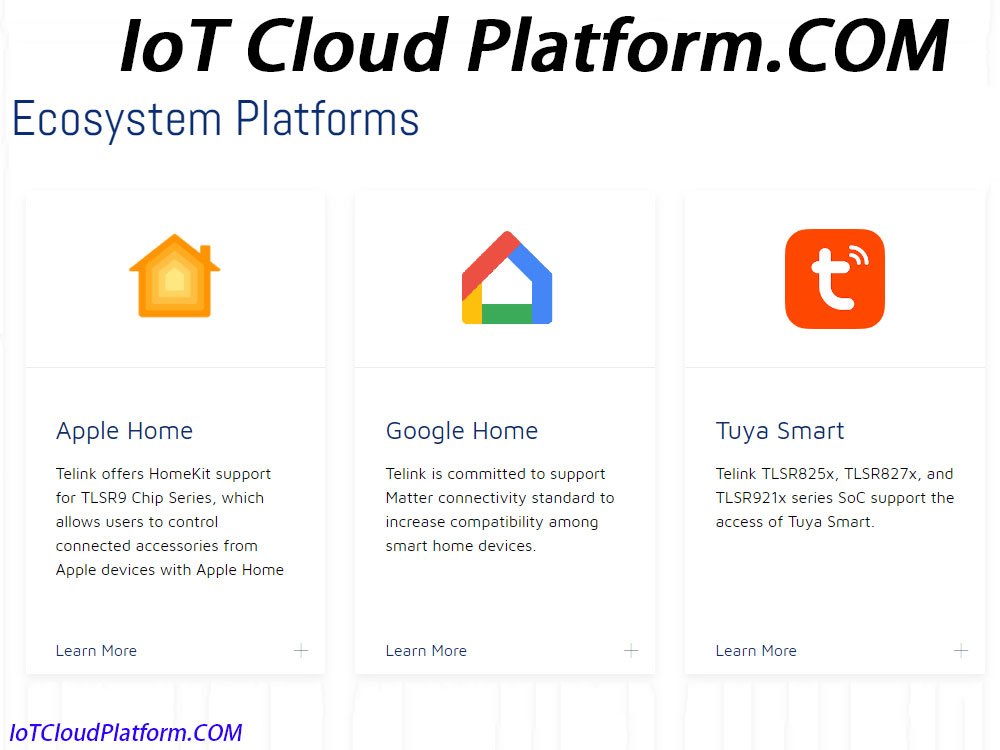
3. Industrial control:
In the field of industrial control, TL751X can be used as a communication module for sensors, actuators and other devices to achieve remote monitoring and control between devices.
4. In-vehicle equipment:
In-vehicle equipment, TL751X can provide the core processing functions of the in-vehicle audio system, while supporting wireless connection and data transmission between in-vehicle devices.
TL751X chip application cases
The following are some typical specific brand application cases of TL751X chip:
1. High-end headphones:
Famous headphone brands at home and abroad such as Xiaomi, Edifier, JBL, Soundcore, MOMA, Saramonic, SmallRig, GOOVIS, etc. also use TL751X chip as the core processor of their high-end headphones. The headphones support Bluetooth 5.4 and LE Audio protocols, providing high-quality audio transmission and bass performance. At the same time, through the multi-mode concurrency function of TL751X, the headphones can also handle multiple communication tasks at the same time, such as answering calls, playing music, etc.
2. Smart home control system:
Xiaomi smart home brand uses TL751X chip as the core processor of its control system. The system can realize wireless connection and data transmission between smart home devices, and supports smart lighting, smart curtains, smart security and other functions. Through the high-performance processor and rich peripheral interfaces of TL751X, the system can also be expanded and connected with other smart home devices.
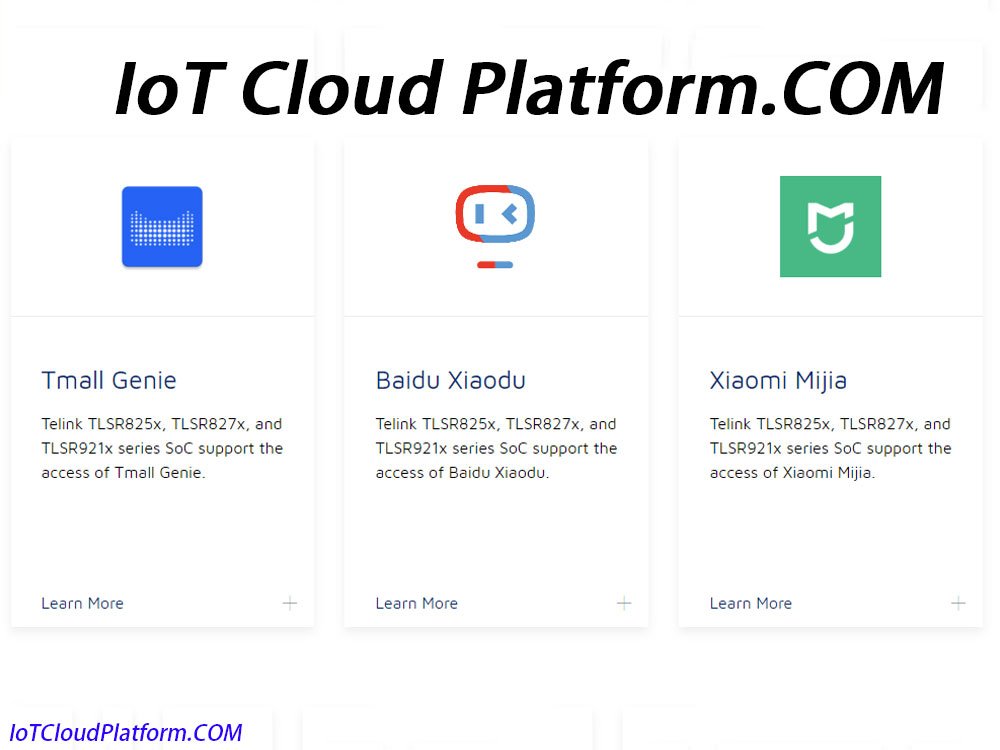
3. Industrial sensor network:
In a certain industrial control system, TL751X chip is used as the communication module of the sensor. The sensor network can monitor the operating status and parameter changes of industrial equipment in real time, and transmit the data to the central control unit for processing and analysis. Through the low-power design and stable wireless communication performance of TL751X, the system can achieve long-term stable operation and efficient data transmission.
4. In-vehicle audio system:
In MOMA, Saramonic, and SmallRig in-vehicle audio systems, TL751X chip is used as its core processor. The audio system supports multiple audio formats and protocols, providing high-quality audio output and bass performance. At the same time, through the multi-mode concurrent function of TL751X, the audio system can also connect and communicate with other in-vehicle devices, such as navigators, mobile phones, etc.
The TL751X chip is also used in Open Thread and Zephyr, and can support FreeRTOS, including a series of OS platforms such as Hongmeng OS and Ali OS.
OpenThread is an open source low-power, IP wireless network protocol stack, which is an important part of the Thread organization. Thread is a network protocol focused on IoT devices, aiming to provide reliable, secure, and low-power communication solutions.
Technical Innovation and Market Prospects
Telink Semiconductor’s technological innovation in the field of audio SoC is not only reflected in the improvement of product performance, but also in the accurate grasp of market demand.
The release of TL751X and TL721X marks a new round of layout of the company in the audio market. These two products not only have significant advantages in technology, but also can meet the needs of different markets and application fields, further consolidating Telink Semiconductor’s competitiveness in the global market.
Technical Advantages:
High Performance: TL751X can provide an excellent audio experience with the support of multi-core architecture and high-performance Codec.
Low power consumption: TL721X is suitable for scenarios with extremely high power consumption requirements with the optimization of single-core design and low power consumption technology.
Low latency: Ultra-low latency transmission is achieved through PEM peripheral mapping matrix and fast settle time optimization.
Multi-protocol support: Compatible with multiple wireless protocols and supports multiple application scenarios.
Security performance: Built-in multiple hardware security modules to ensure the security of data transmission.
Market prospects:
Consumer electronics market: TL751X and TL721X have broad application prospects in consumer electronics markets such as headphones, TWS headphones, and game controllers.
Smart home market: TL721X’s low power consumption and low latency make it an ideal choice for smart home devices.
Industrial applications: TL751X’s high performance and multi-protocol support make it have broad application prospects in industrial communications and the Internet of Things.
Automotive electronics: TL721X supports high temperature environments and is suitable for automotive products and other applications in high temperature environments.
Summary
The TL751X chip has broad application prospects and market demand in the field of wireless audio due to its high performance, multi-protocol support, high integration, low power consumption and low latency. With the continuous development and popularization of Internet of Things technology, the application field of the TL751X chip will be further expanded and deepened, bringing innovation and change to more industries.
About IoT Cloud Platform
IoT Cloud Platform (blog.iotcloudplatform.com) focuses on sharing IoT technology knowledge, IoT design, IoT programming, security IoT, industrial IoT, military IoT, IoT programming language, best IoT projects, IoT creativity, IoT companies, Chinese IoT companies, American IoT companies, top IoT companies, sensor factories, sensor equipment, IoT modules, embedded development, IoT circuit boards, IoT solutions, Raspberry Pi development, Arduino programming, Raspberry Pi programming design, RFID companies, lora devices, IoT systems, agricultural IoT sensors, temperature and humidity sensors, liquid level sensors, light sensors, sound sensors, artificial intelligence, AI development, AI robots, blockchain technology, simulation robots, robotic arms, smart homes, smart cities, smart agriculture, smart factories, smart security, edge computing, big data, cloud computing, brain-computer interfaces, machine learning, deep learning, robots, VR/AR, AI simulation technology, motion control, material science and technology, machine learning, new energy, photovoltaic solar energy, lithium batteries, RFID, etc.
If you need to cooperate with advertising alliances or develop IoT products, please contact us.
FAQs
The following is a summary of the frequently asked questions about the TL751X chip in the field of the Internet of Things:
TL751X is a high-performance wireless audio SoC (system-on-chip) launched by Telink Semiconductor. It integrates a multi-core architecture, has excellent performance, and supports multi-mode online, which is suitable for higher-end and more complex product applications.
The advantages of the TL751X chip in the field of the Internet of Things are mainly reflected in high performance, low power consumption, multi-mode online and a wide range of protocol support. It can meet the needs of IoT devices for efficient and low-power solutions, while supporting multiple communication protocols, improving the interoperability and market adaptability of devices.
The TL751X chip supports Bluetooth 5.4 (including Bluetooth Mesh, Thread, 802.15.4, Zigbee 3.1, HomeKit, Matter, Channel sounding, etc.), and also supports multi-mode online, such as BT+LE Audio+2.4G, as well as third-party platforms such as OpenThread, Zephyr, Hongmeng OS, and Ali OS.
The TL751X chip can be widely used in various IoT devices, such as Soundbar, TWS gaming headsets, head-mounted gaming headsets, wireless lavalier microphones, karaoke microphones, intercoms, game controllers and other wireless connection devices. It can improve the performance of these devices, reduce power consumption, and provide a better user experience.
The TL751X chip helps IoT devices become smarter by supporting multiple protocols and efficient AI model integration. It can support mainstream local AI models, including open source tools such as Google’s LiteRT and TVM, simplifying the user’s operation process in actual product development. At the same time, the high performance and low power consumption of the TL751X chip also provide a strong guarantee for the intelligence of IoT devices.
The TL751X chip is one of the new generation of audio products launched by Telink Semiconductor. Compared with the previous generation of products, it has further improved in performance, latency and power consumption. Compared with other products of Telink Semiconductor, the TL751X chip focuses more on high-end and complex product applications, and provides a wider range of protocol support and more powerful AI model integration capabilities.

